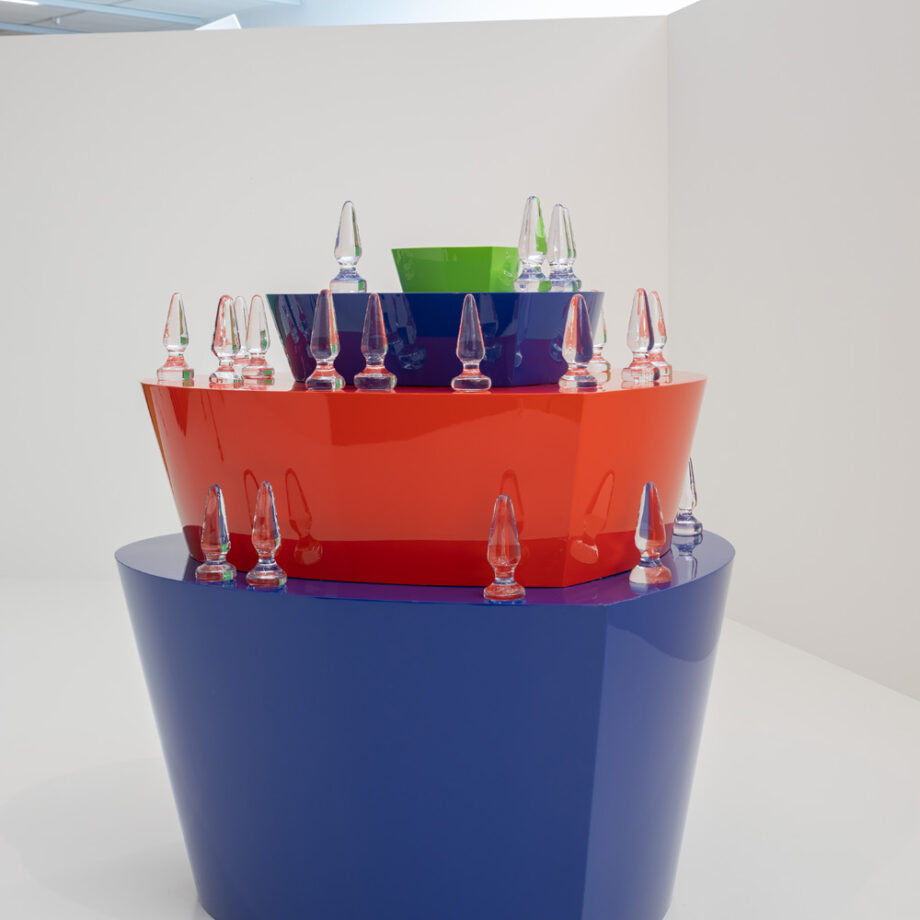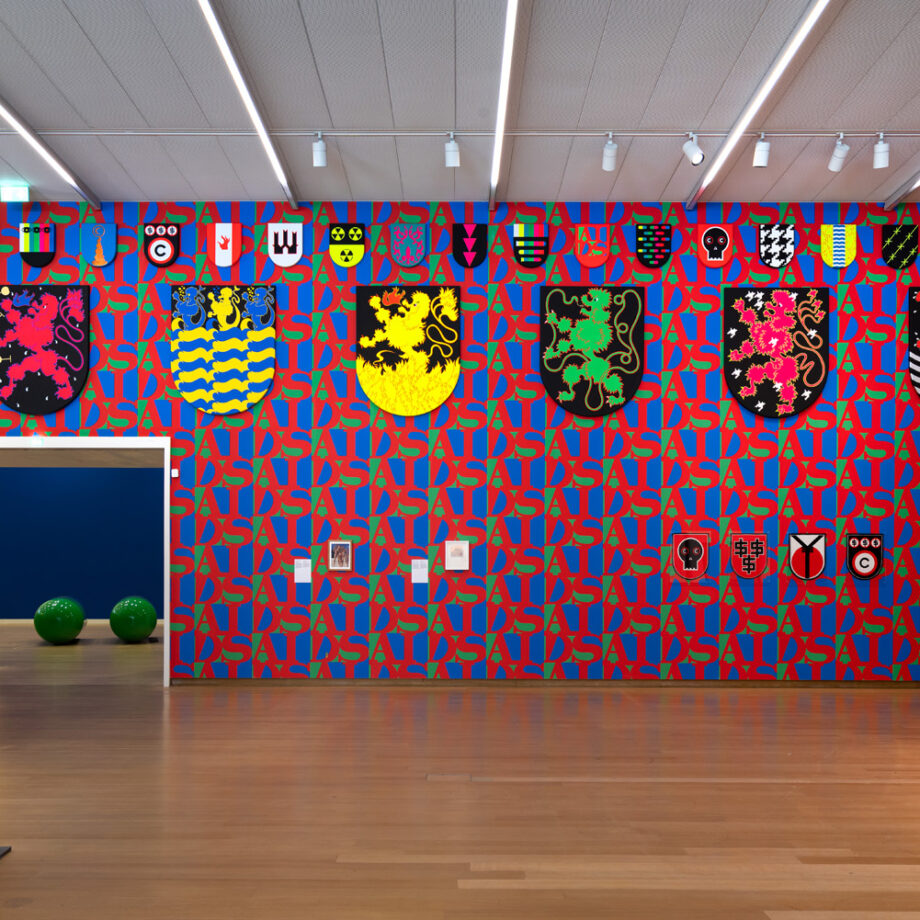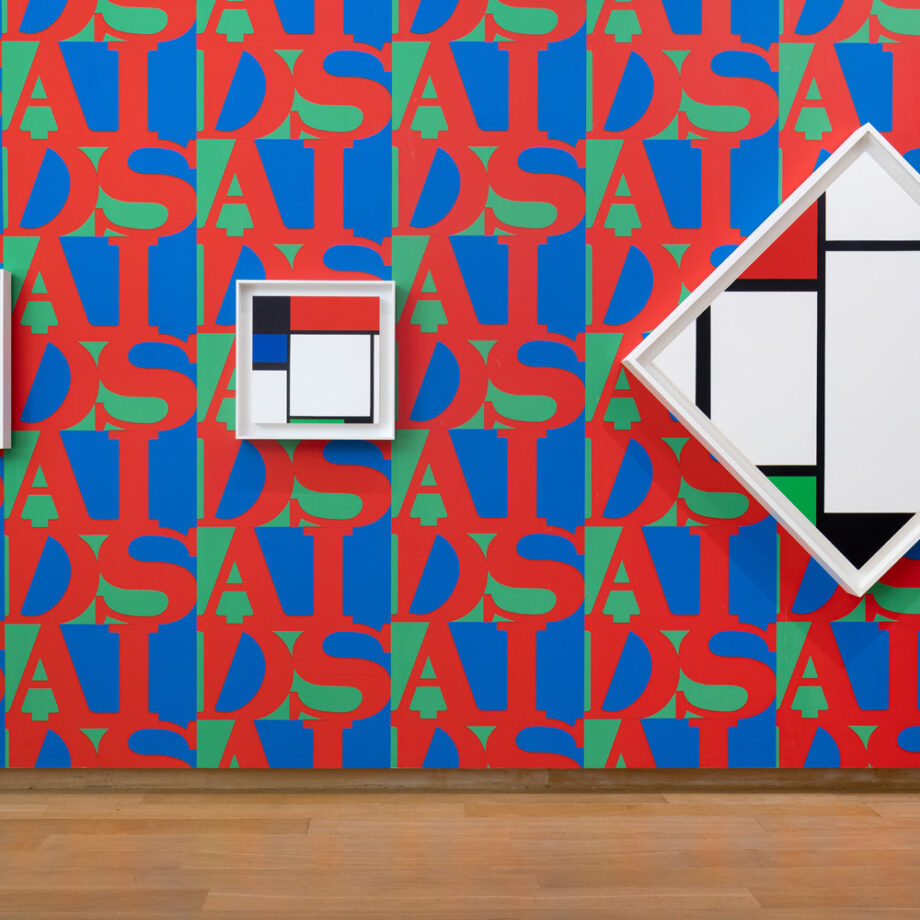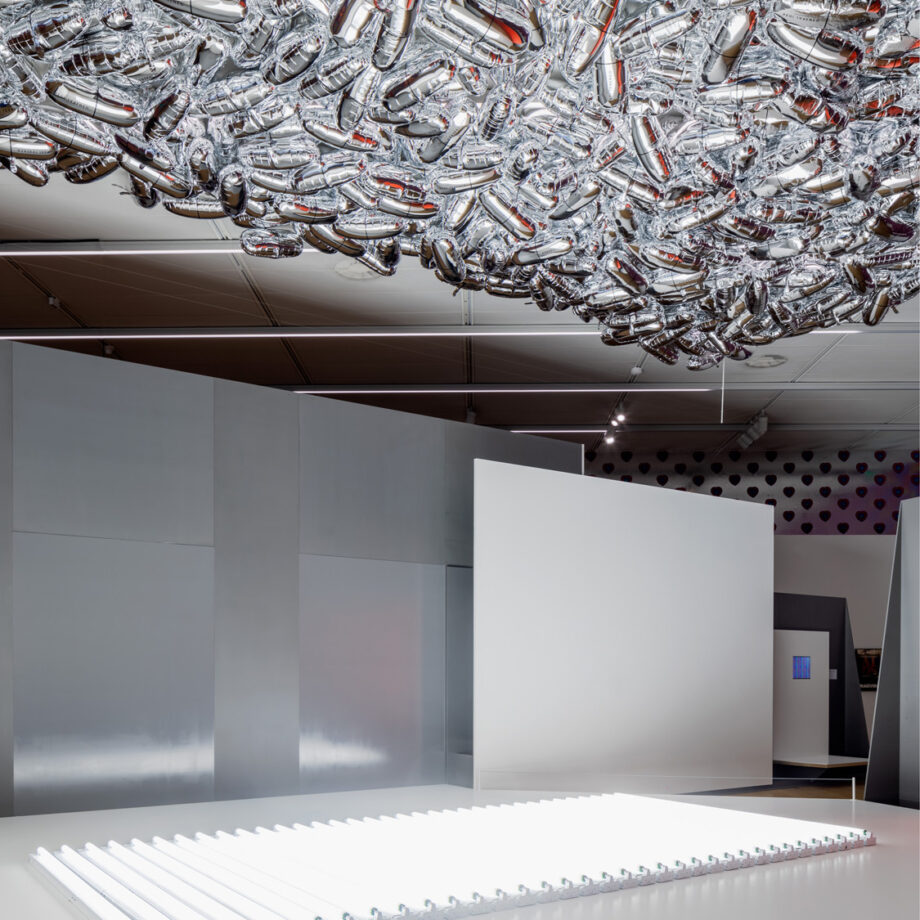Amsterdam- The three-man artist group General Idea have held over one hundred solo exhibitions across the globe, and their work has come to represent a powerful critique of institutional structures, cultural production, and the commodification of art. The first museum to give them a solo exhibition was The Stedelijk Museum in Amsterdam in 1979. And now, four decades later, General Idea returns to The Stedelijk for a ‘second homecoming’ and the largest-ever survey of their work.

It was during their formative residency at The Stedelijk in 1979 that General Idea formed their close-knit community of supporters. And The Stedelijk have continued to support General Idea ever since. This was acknowledged in 2018 when AA Bronson donated a large part of the group’s oeuvre to the museum. Tragically, Bronson is the sole surviving member of General Idea after Jorge Zontal and Felix Partz passed away in 1994. Today, celebrations of General Idea’s work are both a reminder of their astounding artistry and the absence of Zontal and Partz.
At The Stedelijk, the retrospective has been guest-curated by *Beatrix Ruf, who has worked with AA Bronson for many years. Curating the work of General Idea is no small task, as the group were incessant producers from the moment they met amid the psychedelic counterculture of the 1960s. From the outset, the trio occupied the spaces left untouched by the traditional art world. The current retrospective at The Stedelijk includes not only their better-known installation works but a plethora of ephemera surrounding their larger conceptual framework, most of which emerged from Bronson’s donation in 2018.

It includes work from General Idea’s contributions to the Mail Art Movement. General Idea were initially based in Canada, where they met in 1969. The Mail Art Movement was an essential way for General Idea to share their work and connect with a large network of emerging artists in the wider art world. Their involvement with Mail Art also laid the groundwork for their publication FILE Megazine, which the group published between 1972 and 1989.
FILE was subversive to its core, pilfering freely from mainstream media and culture. The publication inverted the name and logo of LIFE Magazine and quickly gained a reputation far beyond its Toronto underground roots.
According to AA Bronson, Warhol himself immediately understood the impact that FILE would have and asked to have the issues hand-delivered to him. Each issue focused on a theme with titles such as “Punk ‘Til you Puke!”, “Special Transgressions Issue” and the “Glamour Issue.”
Inside The Glamour Issue, General Idea hinted at the full intentions of their practice, stating:
“All myth and no content. Or is it vice versa?”
The issue opened with a portrait of the trio as architects. Today, this same portrait welcomes visitors to the retrospective as they enter the Stedelijk. The Glamour issue’s central article, titled “Glamour,” was a manifesto by the artists involved. The trio, Ruf explains, would “play with texts from philosophical and literary works by Roland Barthes, William S. Burroughs, and Gertrude Stein, who were their key influences.”
But no one, not even Barthes, was safe from General Idea’s subversive spirit, as they altered his work arbitrarily, replacing the word “glamour” with the word “myth.” Beatrix Ruf explains that FILE Magazine “served as a “perfect myth-building strategy.” Several Issues of FILE Magazine are on display at The Stedelijk’s retrospective, providing a rich overview of their publishing endeavours.
This notion of myth-building is central to General Idea’s work. Perhaps the most fitting example of their dedication to myth is their 1984 Miss General Idea Pavillion, a fictionalisation of their entire collaborative practice, including its fictional end in 1984 (that all-important Orwellian date). The Pavilion itself never truly existed and was instead resurrected by General Idea’s imaginings, presented through a series of detailed plans, designs, models and posters.

In 1979 an extension of the 1984 Miss General Idea Pavilion was resurrected in The Stedelijk as part of their solo exhibition. The Colour Bar Lounge (1979) explains Bronson “incorporated colour photographs and printed texts (recipes) in an aluminium superstructure to suggest a kind of skeletal bar or lounge for General Idea.” General Idea’s seminal film Test Tube (developed during a three-month residency at The Stedelijk in collaboration with Wies Smals of de Appel) concludes with the main character, Marianne, visiting The Colour Bar Lounge. Test Tube, which followed Marianne’s pursuit of becoming an artist, was initially intended to be shown on national television. “The broadcast never happened,” says Bronson, “the network said that the completed work looked “too much like television.”
This tension between General Idea’s critical approach and the mediums they appropriated characterised the groups’ fascination with the concept of “infecting” found forms. Ruf points to their work on HIV and AIDS.
“In New York in the early 1980s, General Idea were confronted with the raging AIDS crisis,” says Ruf “It was then that the contradicting qualities of General Idea’s work became real activism with their colourful AIDS logo adoption of Robert Indiana’s LOVE image. In doing so, General Idea put the subject of AIDS into the context of the art world and public space worldwide.”

Today, criticisms of the media, digital technology and authorship are fairly commonplace, and the impacts of media have become one of the most significant concerns of our time. But when General Idea began producing work about these subjects, they were almost alone. Ruf notes how fascinating it is to experience General Idea’s work in a fully-realised digital reality.
“Their art,” says Ruf “played with the relationship between fiction and reality, collective creativity, and the impact of digital technology on the art world. Plus, their media use, the appearance of their works, and their distribution methods were all crucial aspects of their artistic strategies.”
This retrospective of General Idea at The Stedelijk allows visitors to discover the entire extent of the group’s oeuvre, from their involvement in Mail Art and FILE Magazine to their larger installation works such as ‘Fin de Siècle’ (1990). In conversation, Ruf repeatedly returns to the generosity of General Idea, which is an apt sentiment given the sheer volume of work they produced during their relatively short collaboration. But it is also a nod to the inclusivity of General Idea’s work, which despite being almost impenetrably ironic, has always invited the viewer to sit beside them whilst they dismantle everything you thought you knew.

Words by Emily Burke
*This travelling retrospective of General Idea’s work was first on display in 2022 at The National Gallery of Canada in Ottawa, where it was curated by Adam Welch. The exhibition has since travelled to The Stedelijk, Amsterdam, where it is now, and will then travel on to the Martin-Gropius-Bau in Berlin.






